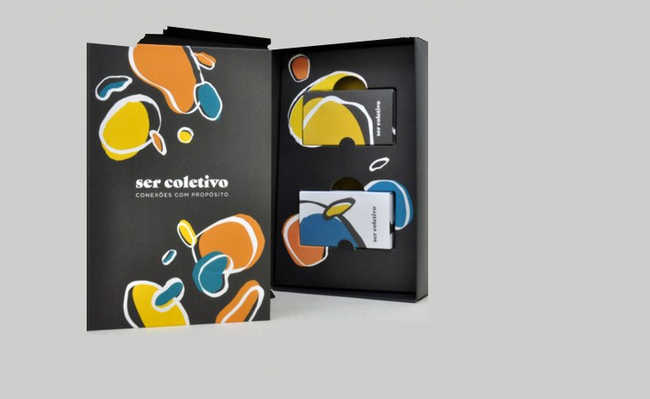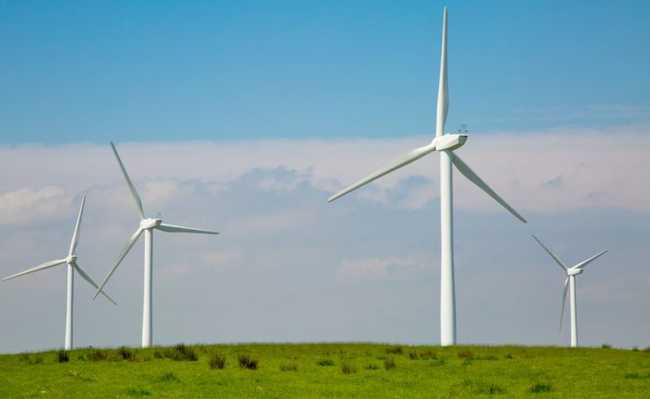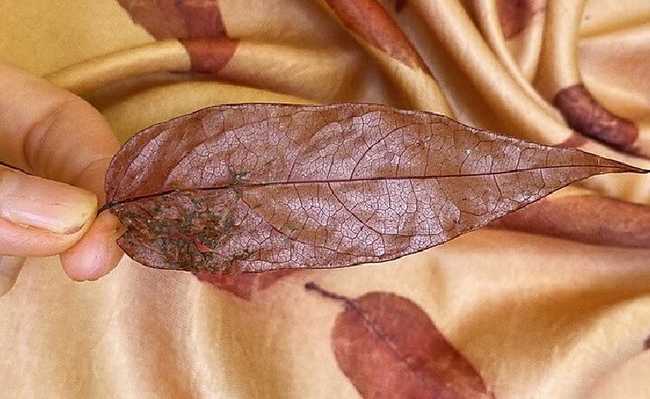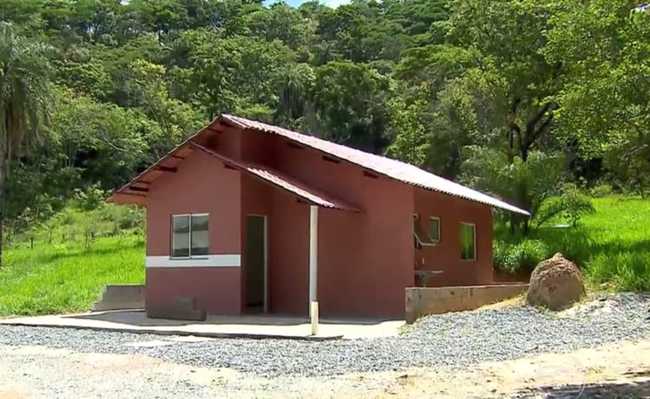Adopt a boto and help prevent the world's largest freshwater dolphin from becoming extinct
With a symbolic adoption you help to save the botos and the regions where they live

Resized image of Mônica Imbuzeiro, available on Wikipedia, is licensed under CC BY-SA 0.4
The largest freshwater dolphin in the world has very small eyes and an elongated snout, but its friendliness does not prevent it from suffering two major threats: fishing for piracatinga and the construction of hydroelectric dams.
With a symbolic adoption you help to save the porpoises and the regions where they live and even receive a plush of the species.
about the botos
Those who participate in the campaign “adopt” the pink dolphin species (Inia geoffrensis). It is the largest freshwater dolphin in the world, measuring around 2.50 m in length and 160 kg, with males being larger and heavier than females.
The dolphin has very small eyes and an elongated snout (or face), which houses a large number of small, conical teeth. The body color – characteristic that gives the species its name – varies between pink and gray depending on the animal's age, water characteristics and geographic location. In rivers with turbid waters, animals are more pink.
Extinction risk
The pink dolphin is “data deficient” on the IUCN Red List of Endangered Species. This means that estimates of the size of populations still need to be obtained. Two threats, which have intensified recently, have been of great concern to scientists: piracatinga fishing and the construction of hydroelectric dams.
It is estimated that around 600 botos are killed each year in Brazil to serve as bait. The construction of hydroelectric plants can isolate populations of porpoises and affect the region's fish, their main source of food.
Geographic distribution
The pink dolphin is found in northern South America, in the Amazon and Orinoco river basins. At least three geographically distinct populations are recognized: in the Amazon Basin (with the exception of part of the Madeira River), in the upper Madeira River (part of Rondônia and Bolivia), and in the Orinoco River basin.
The porpoise is found in virtually all types of river habitats, with the exception of estuaries and large rapids.
Why donate?
It is estimated that 600 botos are killed each year in Brazil to serve as bait. It is for these and other issues that it is necessary to guarantee the conservation of the natural environment of the dolphins – the rivers of the Amazon.
Click here to make your donation and understand the details of how the proceeds will be used by World Wide Fund for Nature (WWF) to save the boto.










